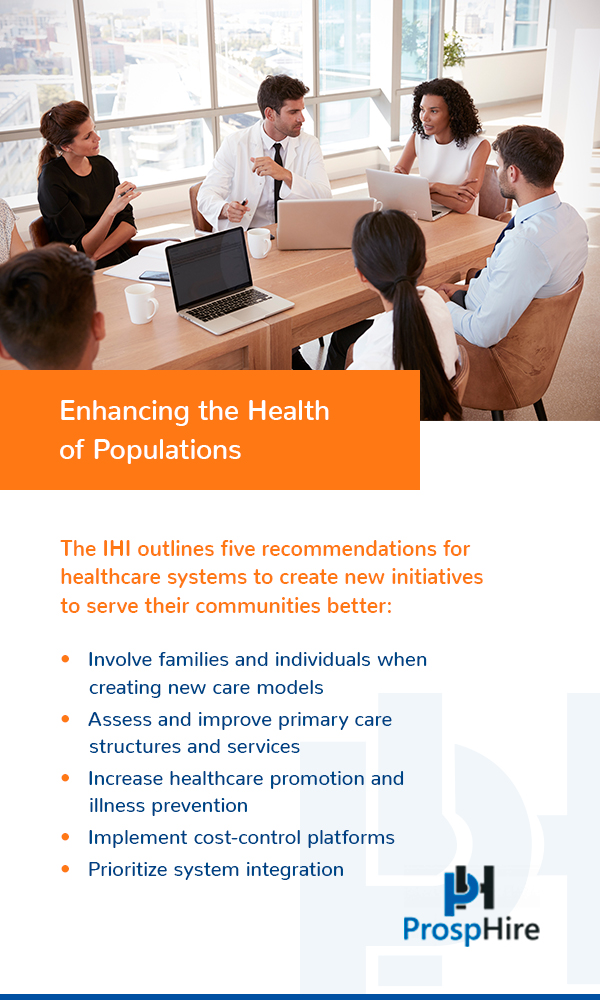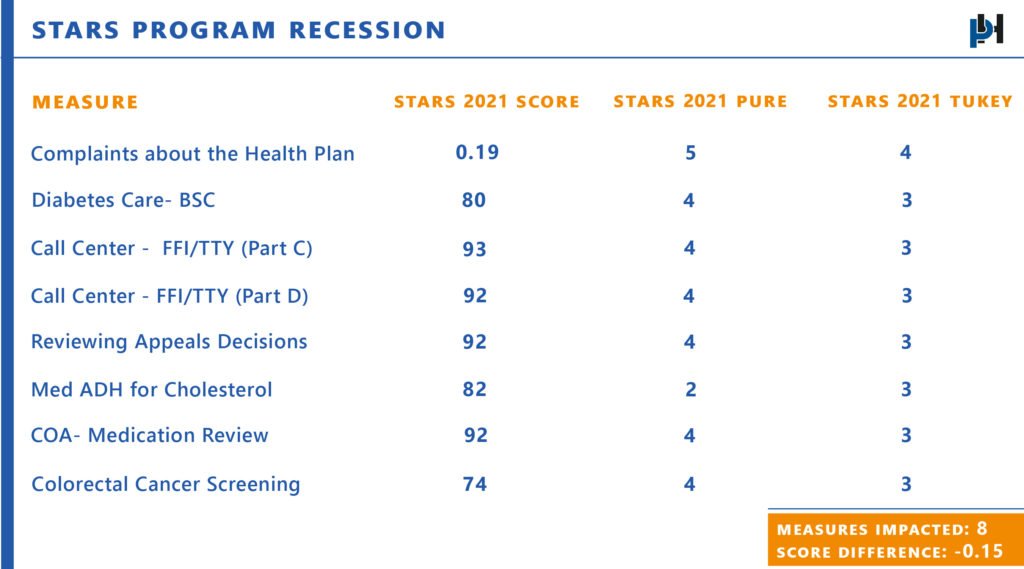Importance of Healthcare Project Management: 5 Methodologies Explained
Jump to:
- Why Project Management in Healthcare Matters
- 5 Project Management Methodologies Explained
- Method 1: Waterfall
- Method 2: Agile
- Method 3: Six Sigma
- Method 4: Scrum
- Method 5: Hybrid
Healthcare is one of the fastest-growing industries in the United States. Over the decade, the Bureau of Labor Statistics (BLS) projects healthcare occupations to grow 16%, adding over 2 million new jobs to the economy. Recent U.S. census data shows that 22 million workers are employed in the healthcare industry already.
Utilizing project management is essential in such a massive industry that continues to grow at an astounding pace. Continue reading to learn more about project management in healthcare.
Why Project Management in Healthcare Matters
Besides the scale of the healthcare industry, other factors contribute to project management’s importance in healthcare.
One prominent factor is the stakes involved with patient care. There’s no denying that healthcare is an essential part of any society, ensuring its members can prosper. Further, healthcare is necessary whenever tragedy strikes. For these reasons, people depend on well-organized, quality healthcare services.
As healthcare expands and technologies develop, project management only becomes more necessary. Things like electronic health records, regulatory limitations and diverse stakeholders add countless processes and regulations around patient safety, privacy and quality of care that healthcare project managers need to be mindful of. Also, the many parties involved in healthcare interactions further complicate matters.
In any given healthcare transaction, notable parties include:
- Patients
- Nurses
- Physicians
- Health insurance providers
- Government agencies
Whereas many other industries have more simplistic buyer and seller relationships, healthcare has added complexities. Thus, project teams must be diverse and adaptable enough to consider all views, concerns and party interests.
To summarize, healthcare project management is essential because of:
- Industry scale and accelerated growth rate
- Stakes involved with patient care
- Expanding technologies
- Increased regulations
- Diverse stakeholders
- Complex relationships are involved with healthcare transactions
When done well, project management in healthcare can provide the following benefits:
- Improved quality of care
- Improved communication among healthcare workers, patients, management and shareholders
- Improved organizational planning, budgeting and productivity
- Decreased risk of lawsuits and malpractice claims

5 Project Management Methodologies Explained
Project management methodologies are established principles and techniques that project developers and managers use to develop, carry out and manage projects. Here are brief explanations of five of the most popular project management methodologies:

1. Waterfall
The waterfall method is the most straightforward, linear and traditional approach to project management. It consists of several distinct phases that flow one after the other, just like a waterfall. Project managers using the waterfall method wait until each step is complete before moving on to the next one. Each phase is mapped out with clear expectations and desired outcomes and the project team regularly documents progress throughout each stage.
A key characteristic of waterfall projects is the use of Gantt charts. Such charts provide a visual overview of the project timeline with information on how long each phase will take. The waterfall approach is excellent for presenting a project to senior leadership and stakeholders.
The waterfall technique is also ideal for projects that require a rigid structure. Still, they can present difficulties for the project team to stick to the sequential, step-by-step process from beginning to end in process improvement projects when challenges inevitably arise.
2. Agile
Where the waterfall approach is slow and sequential, agile project management is fast and flexible. Agile methods follow an iterative approach of continual process refinement. The agile approach is much more open to change than waterfall project management, so long as it improves the process.
With project team structure, agile methods involve cross-functional team members who collaborate to drive the project forward. In this way, agile projects continually evolve as teams progress toward the end goal.
Still, a con of this approach is that it’s easy to get lost in minor details that provide minimal value to the project’s big picture. Agile projects especially run into this problem if the project’s big picture is vague to all team members. In the same way, they may seem less convincing to stakeholders and senior leadership when first pitched if the project’s big picture appears disorganized or lacks direction.
Agile projects involve stakeholders in project execution more than waterfall projects, which can prove beneficial if you can get past the first hurdle of getting approval. With that in mind, the agile method is great for industries with room for uncertainty and innovation.
3. Six Sigma
The Six Sigma process is all about continual process refinement. The main focus of the Six Sigma method is identifying and removing causes of defects and suboptimal efficiency in projects.
The results that the Six Sigma process aims to achieve are stable and expected. For this reason, Six Sigma project managers rely on quality management, empirical statistics and expert personnel in specific disciplines to bring the project to fruition.
Six Sigma projects require everyone from top to bottom to sustain project quality. This method works best in larger organizations.
4. Scrum
Scrum is a variation of agile project management involving project phases divided into short sprints. In contrast with the agile method, the scrum approach has smaller deliverables and more specific roles.
The lead role of a scrum project team is the scrum master, who forms and unites the group. Before each sprint, the scrum master assigns roles by asking each team member about their commitments and what they’ll accomplish concerning the project.
During each sprint, the scrum team holds daily scrum meetings to connect on progress, review commitments and address impediments. These meetings aim to sustain morale, ensure team members fulfill commitments and remove any obstacles to success. The scrum team also holds retrospective meetings at the end of each sprint to review accomplishments and what members can incorporate into the next sprint for continual process refinement.
The scrum method is great for projects that prioritize teamwork, quickness and efficiency.
5. Hybrid
The hybrid methodology merges the waterfall and agile methods, attempting to leverage the best of both. That said, the day-to-day operations of hybrid methods have a heavy focus on agile methods.
Hybrid methods use waterfall planning to present a clear roadmap to stakeholders and senior leadership for gaining approval. Having a clear roadmap also helps the execution team stay focused on the project’s big picture.
For example, a hybrid project may involve a structured rubric to present to stakeholders and senior leadership. That rubric is then broken down into detailed sets of tasks for the execution team. In this way, hybrid is a suitable method for projects that focus on improving outcomes.

Project Management with ProspHire
ProspHire is a solutions-based healthcare consulting firm that will do everything in our power to help your organization thrive, expand and maximize ROI while remaining compliant with all regulations.
Contact ProspHire below to learn more about project management methods and start your project management strategy.





























